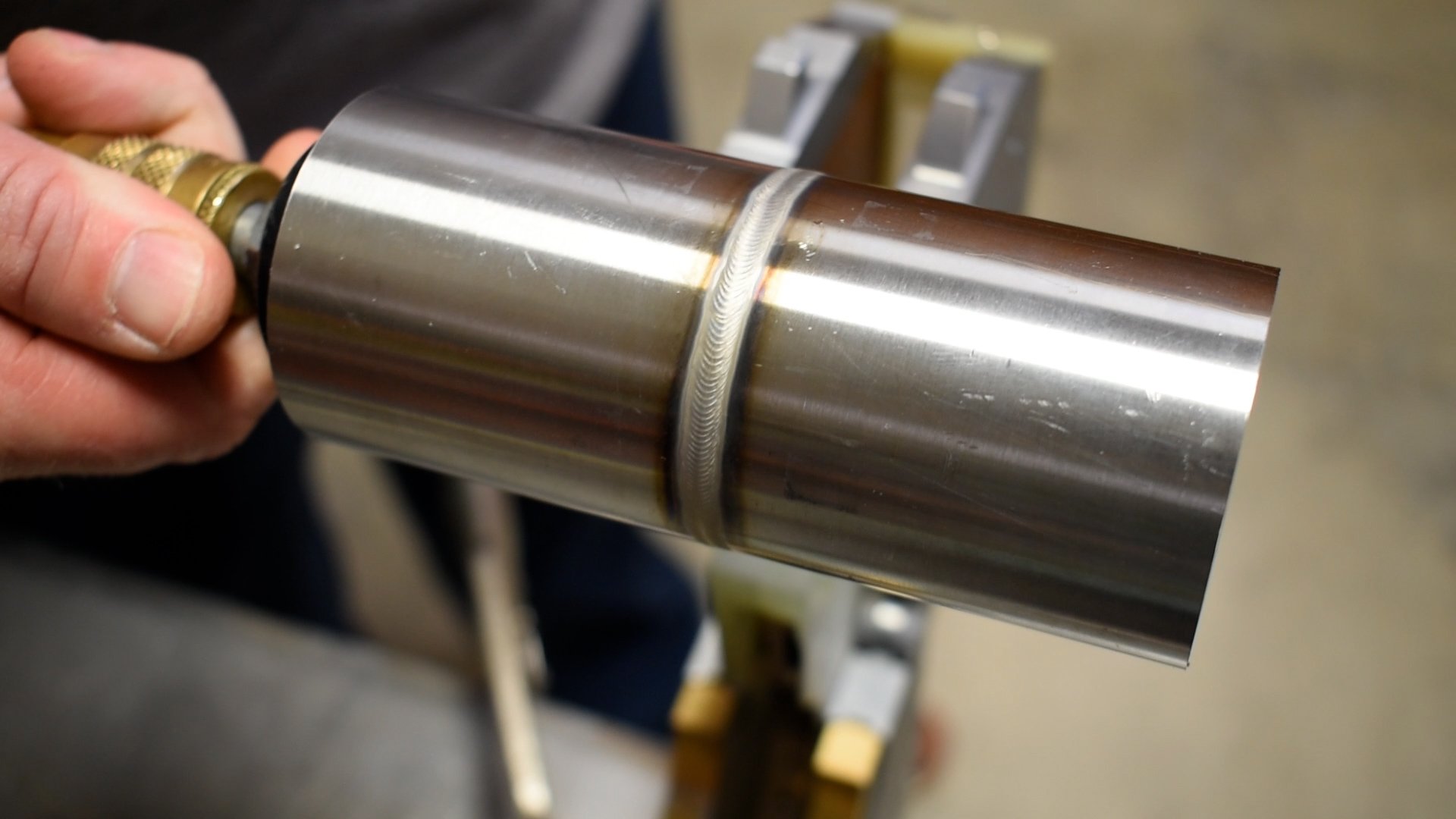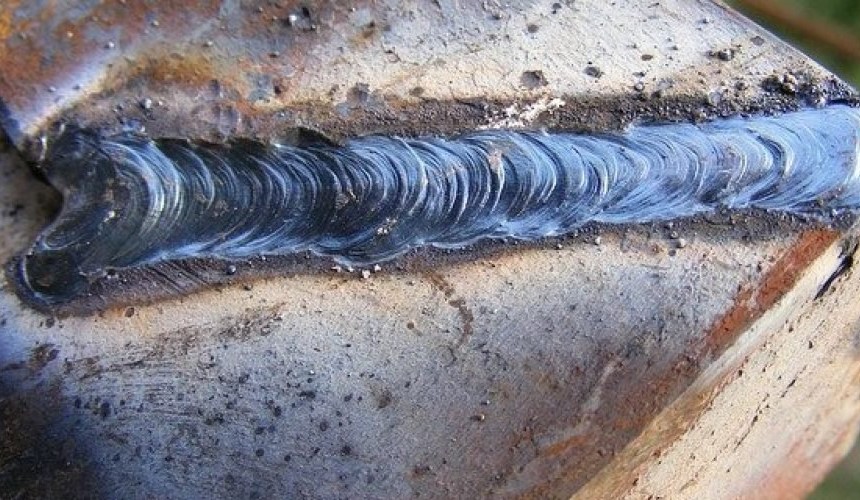Finest Practices for Preventing Weld Undercut: Mastering the Fundamentals
Finest Practices for Preventing Weld Undercut: Mastering the Fundamentals
Blog Article
A Comprehensive Overview to Identifying, Stopping, and Dealing With Undercut Welding Issues in Your Welding Projects
In the realm of welding, experiencing undercut problems is a typical obstacle that can endanger the architectural stability and general top quality of your welding jobs. Keep tuned as we discover the crucial parts of recognizing, protecting against, and fixing undercut welding problems, providing you with valuable insights and strategies to boost your welding abilities to the next degree.
Usual Root Causes Of Undercut Welding
Undercut welding, a common concern in welding procedures, can be triggered by various variables that require to be thoroughly determined and resolved to guarantee the honesty of the weld joint. One of the key reasons of undercut welding is excessive warmth input.
Another usual reason of undercut welding is improper welding technique. Determining these root causes and applying rehabilitative procedures is important in stopping and rectifying undercut welding troubles in welding jobs.
Identifying Undercut in Welds

To identify undercut precisely, correct illumination and magnifying devices are important to inspect the weld joint thoroughly. Making use of tools such as a welding gauge or a magnifying glass can aid in finding even the tiniest undercut blemishes. Additionally, running a finger or a finger nail along the weld joint can sometimes disclose undercut, as the surface area may really feel uneven or have a dip where the undercut exists.
Precautionary Procedures for Undercut
Having a deep understanding of the reasons of undercut in welds enables the implementation of effective precautionary measures to keep weld high quality and honesty. One important precautionary measure appertains weld joint preparation. Making certain that the edges are tidy, complimentary of pollutants, and effectively beveled can dramatically lower the chance of undercut (Preventing weld undercut). Furthermore, selecting the appropriate welding criteria, such as voltage, present, and travel rate, is necessary. These settings need to be enhanced to avoid excessive warmth input, which can result in undercut development.

Methods for Repairing Undercut

Raising the welding current or decreasing the travel speed can aid load in the undercut. In addition, changing the welding strategy from a press to a drag or vice versa can likewise assist lessen undercut.
One more method is to use a weaving movement while welding to ensure correct sidewall fusion and fill in the undercut. By oscillating the welding arc back and forth within the weld joint, the welder can deposit much more filler material into the undercut locations, successfully removing the defect.
In addition, grinding out the undercut and rewelding the joint can be a viable service site here for much more extreme undercut concerns - Preventing weld undercut. This process entails eliminating the undercut section, preparing the base steel, and after that rewelding the joint with proper welding parameters and strategies to stop undercut from reoccurring

Expert Tips for Avoiding Undercut
Utilizing proper welding strategies and keeping control over crucial welding specifications are vital approaches for welders intending to stop undercut in their weld joints. One professional suggestion for avoiding undercut is to ensure proper joint prep work. This entails cleaning up the base steel completely to get rid of any type of pollutants that could lead to damage formation. In addition, choosing the appropriate welding procedure and filler metal for the specific application can aid avoid undercut. Welders should additionally pay close focus see to the welding present and voltage setups, guaranteeing they are within the recommended variety to prevent overheating and possible undercut. Preserving a regular travel rate during the welding procedure is one more important pointer to stop undercut. By relocating at a constant speed, welders can make certain appropriate blend and decrease the possibility of undercut development. Lastly, checking the weld grain after completion can assist recognize any indications of undercut early on, enabling prompt corrective action to be taken.
Conclusion
In conclusion, identifying, avoiding, and taking care of undercut welding issues in your welding jobs is vital for making certain solid and long lasting welds. Preventing weld undercut. By comprehending the typical causes of undercut, being able to identify it in welds, applying preventative actions, and using appropriate methods for repairing undercut, you can avoid possible problems and produce premium welds. Following expert pointers for preventing undercut can help you boost your welding abilities and produce far better lead to your projects
Undercut welding, an usual issue in welding procedures, reference can be triggered by various variables that need to be carefully recognized and addressed to make certain the stability of the weld joint. Additionally, running a finger or a finger nail along the weld joint can sometimes disclose undercut, as the surface might feel unequal or have a dip where the undercut exists.
Utilizing appropriate welding techniques and preserving control over vital welding specifications are crucial methods for welders aiming to protect against undercut in their weld joints.In conclusion, identifying, avoiding, and taking care of undercut welding troubles in your welding tasks is essential for making certain durable and strong welds. By recognizing the common causes of undercut, being able to determine it in welds, executing preventative steps, and using correct strategies for repairing undercut, you can prevent prospective concerns and develop top quality welds.
Report this page